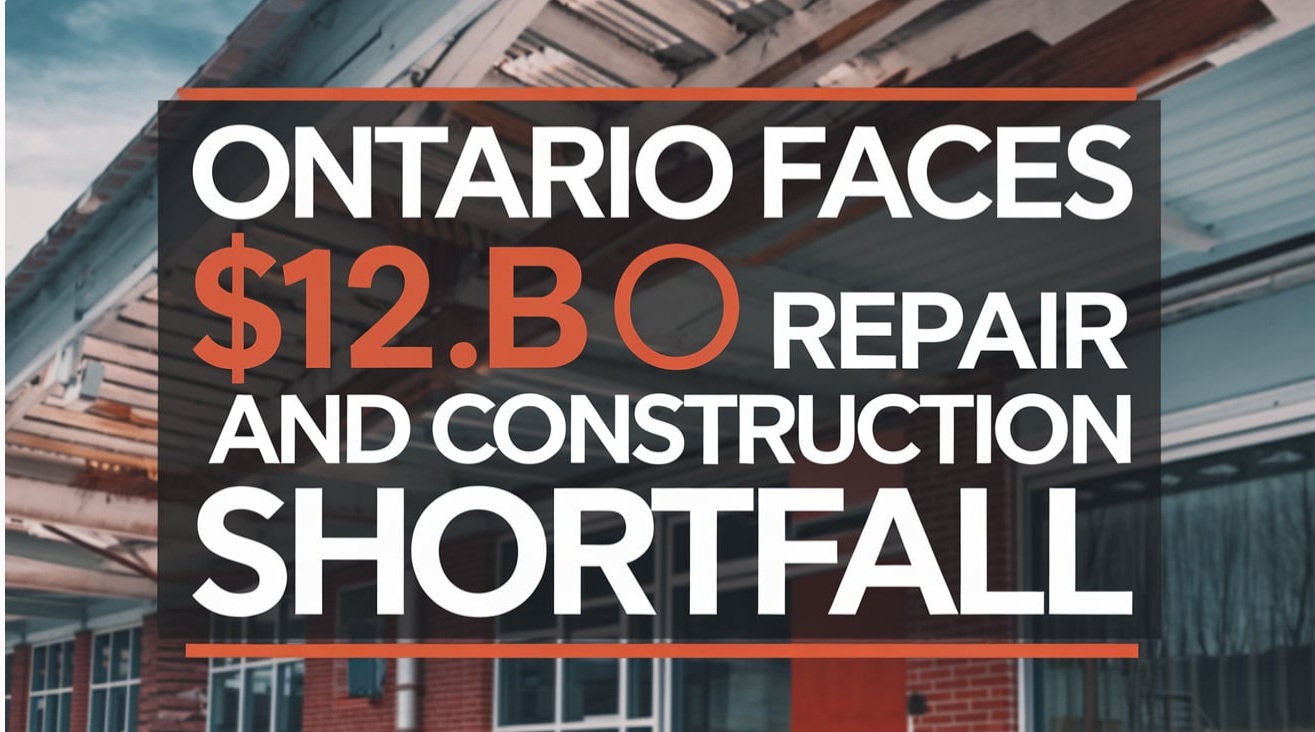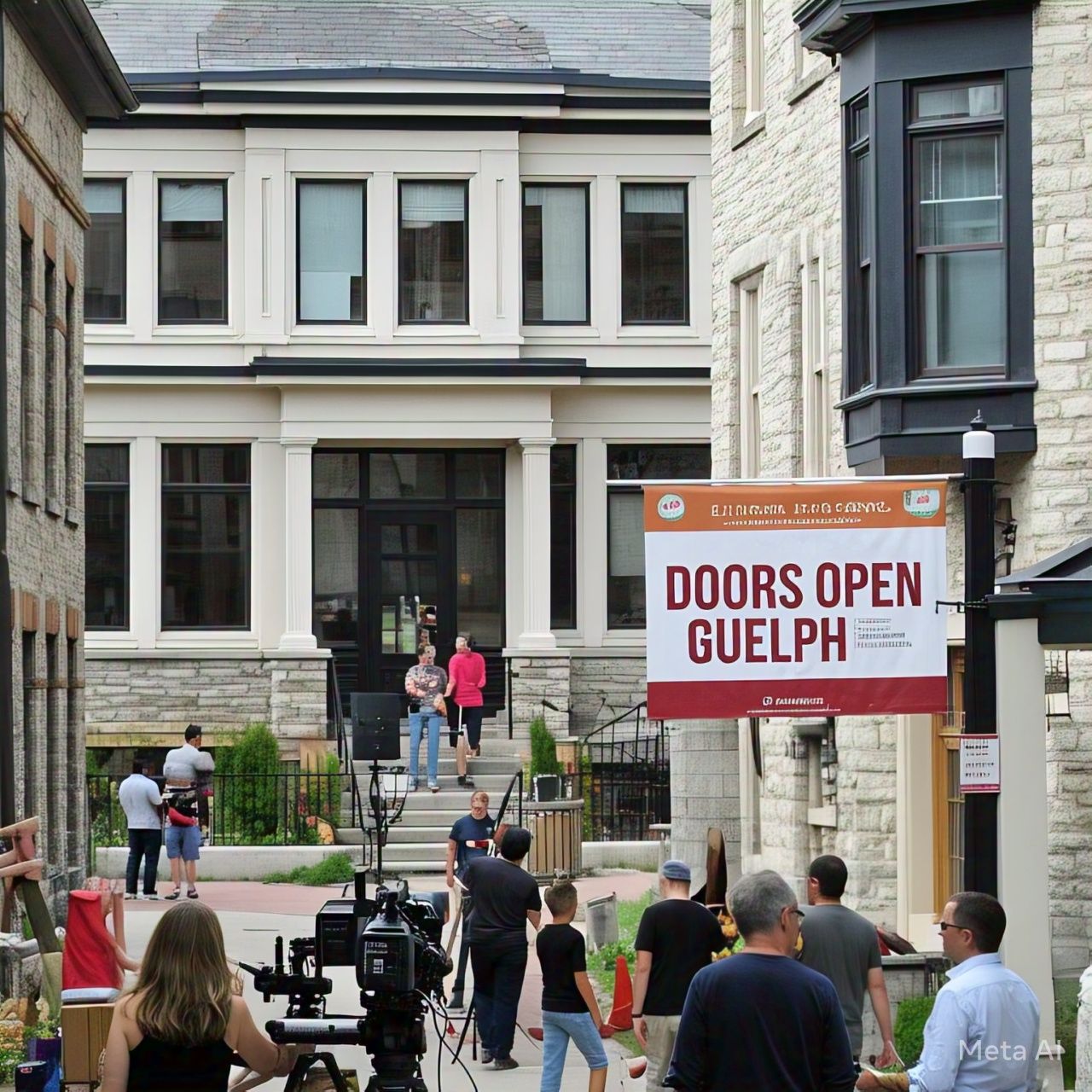Ontario requires $31.4 billion over the next decade to clear a backlog of school repairs, address growth, and maintain all schools in good condition. However, the province’s 10-year capital plan provides only $18.7 billion, leaving a $12.7 billion shortfall, according to a report by Ontario’s Financial Accountability Office (FAO).
Education Minister Jill Dunlop highlighted government efforts, including doubling school funding and expediting construction timelines. She noted that 240 new schools are under construction, which will create 81,000 pupil spaces.
Despite these measures, the FAO found that 37% of schools are in poor repair, and 32 schools need replacement. This results in issues such as leaky roofs, extreme classroom temperatures, asbestos, lead in drinking water, and outdated portable classrooms.
The report also revealed most schools are under capacity, with hundreds operating at less than 60% capacity. Meanwhile, approximately 1,400 schools are overcrowded, and projected enrollment growth necessitates building 227 new schools in the next decade.
School boards have urged the government to lift a 2017 moratorium on closures, arguing it hampers their ability to manage budgets and resources effectively. The Ontario Public School Boards’ Association emphasized the need for significant investments in schools as critical public infrastructure.
Liberal Leader Bonnie Crombie criticized the $12.7 billion gap, calling it a failure to meet even the minimum standards for safe, functional schools. The Toronto District School Board (TDSB), which has 84% of its schools in poor repair, is particularly affected. The TDSB plans to improve facilities but says the moratorium complicates long-term planning and increases costs associated with older buildings.
The FAO’s findings echo concerns raised in the Ontario auditor general’s report, highlighting the pressing need for increased investment in the province’s schools.



